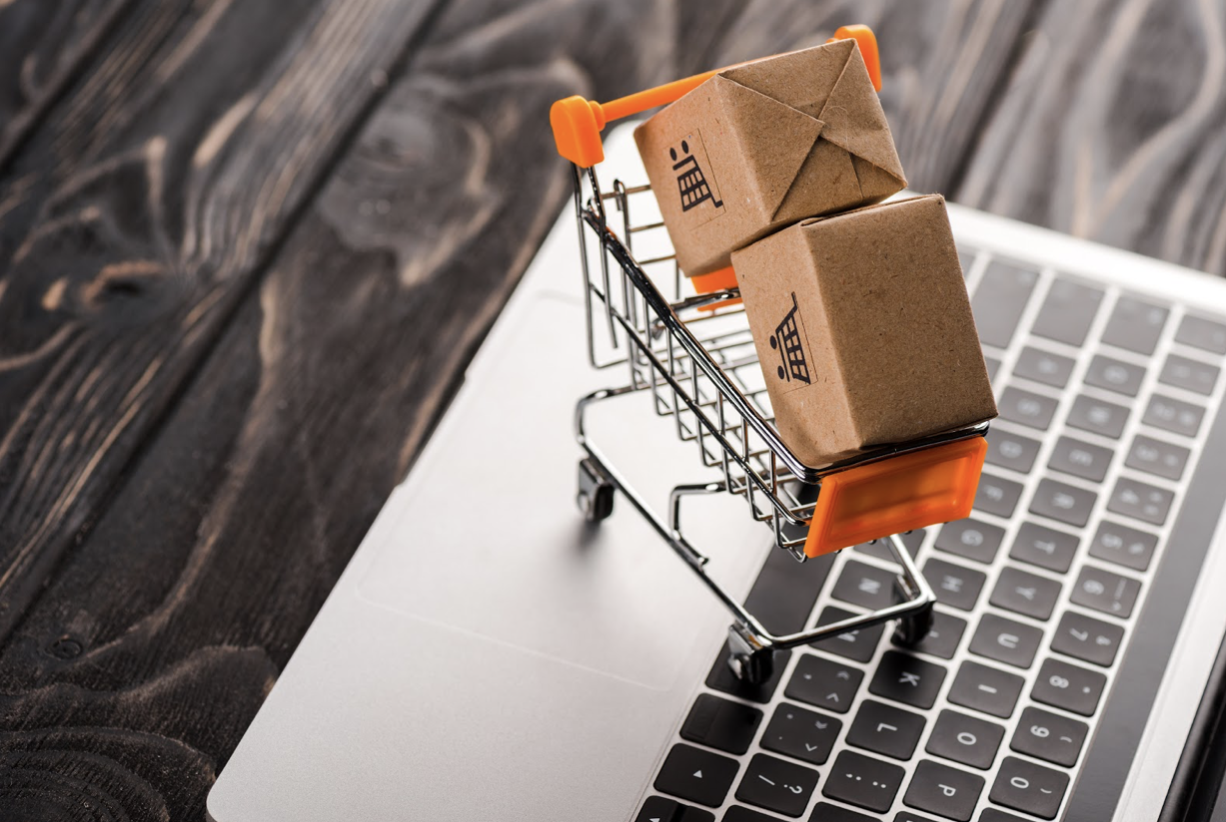
Ecommerce 2021: How to succeed in the digital marketplace
COVID-19 impacted all industries significantly in 2020. However, not all of them suffered adverse effects from the ongoing pandemic. With people being sheltered inside their homes, consumer behaviour has evolved quickly, e-commerce chasing swiftly after it. Ecommerce trends that were supposed to grow over several years continuously were accelerated exponentially in a few months. Adapting is crucial for brands that want to remain competitive in the new playing field. As the customer demand continues to increase, so does the money that is up for grabs. BCG performed retail research that showed that the e-commerce industry would be expecting 5 trillion dollars (USD) in sales this year, accounting for 30% of annual retail sales. With an insane opportunity for massive returns, it is vital to consider ongoing and evolving trends and how to make the best of them.
The Evolution of the Marketplace
If we go back to when e-commerce began, merchants were practically forced to start selling their products on Amazon, eBay or other established online marketplaces. However, Shopify and other services offer merchants a chance to develop personalized online shops, allowing them to create personalized interactions with their customers. These new customized marketplaces will continue to evolve and provide merchants with new ways to turn a profit. Let’s take a look at two other tools that merchants can use to expand their presence in the online marketplaces.
a) New “Big Box” Marketplaces
Even if merchants opt to remain within the realm of “big box” traditional marketplaces, they will probably have many options to choose from. For example, Walmart has taken a shot and transformed its site to be an alternative to other big marketplaces like Amazon’s seller’s services, supporting merchants to sell directly through their platform. Brands that choose to hop on the bandwagon will benefit from Walmart’s international reach.
b) Delivery Apps
Probably one of the services that benefited the most from the Covid pandemic. At-home users became increasingly dependent on delivery services to bring them groceries, takeout, medicine, and other necessities. Consumers have become more comfortable with purchasing through mobile devices and delivery apps. Merchants that choose to venture into third-party local delivery partners or even developing their own apps will be able to take advantage of this seemingly increasing delivery trend.
Diversification of Payment Plans
For the first time since PayPal’s rising glory, other digital wallets like Apple Pay will surpass credit card payments as the default payment methods. Rightfully so, as many merchants have opted to include more and more financing options. The trend will probably continue to the point where cryptocurrencies will be accepted as a standard payment alternative. Having multiple payment options will become a must in online transactions. While these trends may vary depending on where you are in the world, one thing is clear: Allowing customers to pay how they want, with whatever method they choose, will become the new norm in the upcoming years.
Transform Your Advertisements
Adverts, in general, have been continuously changing with the years in a cycle. Unless a new tool for adverts is introduced, ads commonly utilize the most popular tools for some time. Such is the use of 3D and CGI in the past year. Particularly in the beauty industry, more and more renders are being used and recorded digitally for video campaigns and photo compositing. With COVID creating restrictions for video production crews to elaborate content, opting for CGI animations for video ads will save more time, be a cheaper (but by no means inferior) choice, and have the added benefit of being easily customizable when nearing the final stages of editing.
The use of CGI and 3D animation has also risen in popularity with filters on social media platforms like Tik Tok, Instagram, and Facebook. Brands and content creators have created their personalized filters to promote their image. Being aware of the most popular and highest returning ad styles used is crucial. It will allow you to remain relevant and competitive by connecting with users on a newer level.
Timing is Everything
A single second may prove the difference between a satisfied customer and an annoyed one. Performance issues on e-commerce sites will likely occur as the amount of customer demand continues to increase. The need for better image compression, site slimming and optimization in web-services will be at an all-time high. What will matter most will be the time a page takes to load. A brand can check their site’s speed using the Google Analytics “Site Speed” tool. It’s located in the “Behavior” tab. While taking a mere 5 seconds to load may not pose much of a problem for most stores at a glance, optimization is one of the few factors merchants can control. Taking the time to do it may prove more beneficial than one may think.
Stay Ahead of the Curve!
User behaviour has become highly stimulated by the pandemic. Updating your strategies, optimizing your sites and staying aware of new trends in marketing, design and e-commerce strategies is the way to keep up with them. This doesn’t only apply to merchants but also to researchers, web/app developers, and marketing agencies that dive into the world of creating digital solutions for their clients. If you are looking to boost traffic to your e-commerce store, optimize your website and increase your online presence, Mrkt360 is here for you. Contact us today.
Get a free PDF about Ecommerce 2021: How to succeed in the digital marketplace

Sorry, the comment form is closed at this time.